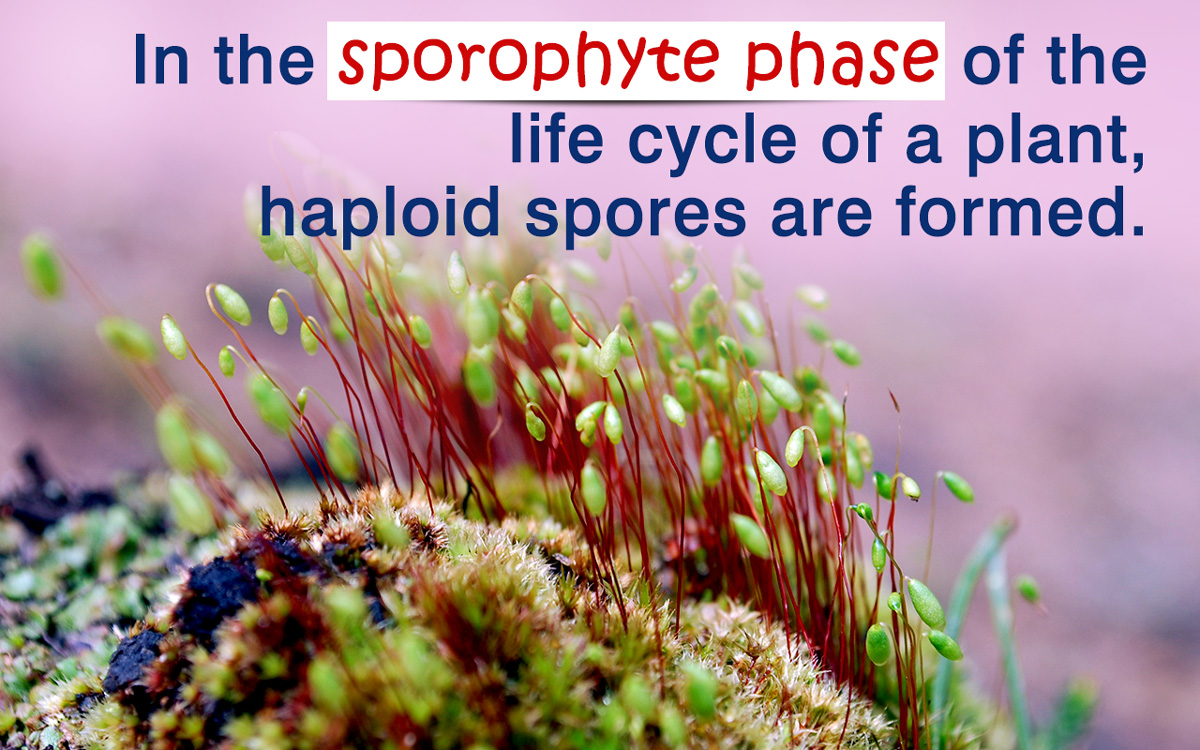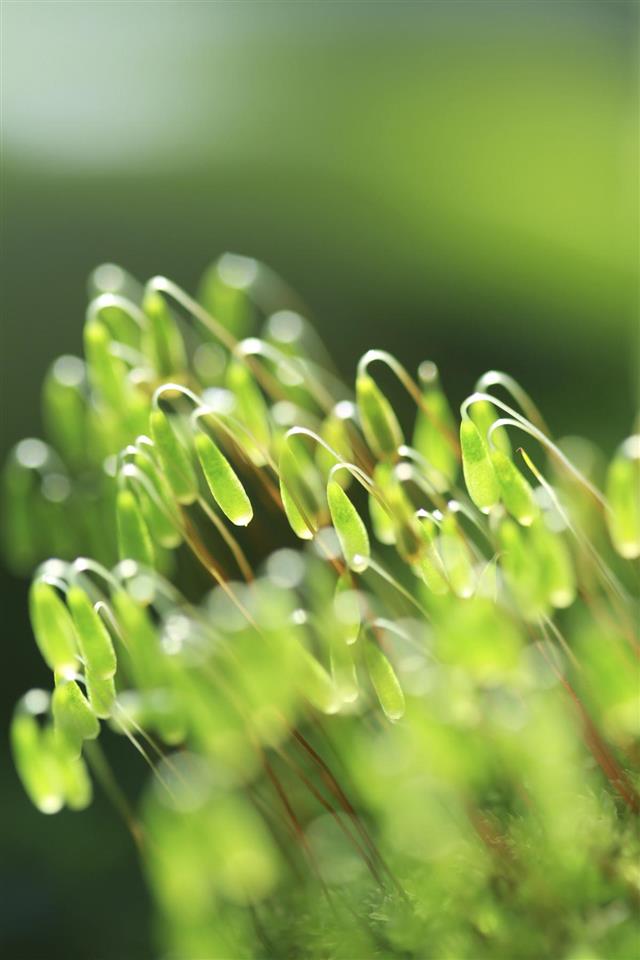
The life cycle of a plant involves the alternation of two generations: gametophyte and sporophyte. However, what is the difference between these phases and what are their distinguishing factors? Learn about these generations in this BiologyWise article.
When you’re studying the life cycle of plants, fungi, and protists, you will come across the term alternation of generations. This alternation of generation refers to the alternation of two phases: a multicellular diploid phase alternating with a multicellular haploid phase. These generations are phases in the reproduction cycle of the plant. One is sexual, while the other is asexual. There are several differences between gametophyte and sporophyte stages. Let us have an individual look at them to understand them better.
Sporophyte (2n)
This phase in the life cycle of a plant is the asexual, spore-bearing generation of the plant, featuring diploid cells. This means the cells of the plant in this generation or phase have two sets of chromosomes in their cells. The zygote or fertilized cell is what conduces to form the sporophyte.
By the process of meiosis (reduction division), this sporophyte produces haploid spores. Since spores are formed in this generation, the name given to this phase is sporophyte. The haploid spores produced will then form the next gametophyte generation by growing into multicellular haploid individuals called gametophyte.
We learned above that the zygote or fertilized cell is diploid; however, the spores formed by them are haploid. This takes place because of reduction division or meiosis that takes place. Meiosis is a process in which the number of chromosomes in each cell is cut down to half and the following cells formed will have half the number of chromosomes of their parent cells.
Gametophyte (n)
The other alternating phase in the life cycle of the plant is the gametophyte generation, in which gametes are formed. This is that phase of the plant in which the gametes, that is the egg and sperm formed are haploid (n), having only one set of chromosomes in them. Thus, gametophyte phase is the sexual, gamete producing stage in the life cycle of the plant.
Spores are actually the first cells of the gametophyte generation. These spores undergo the process of mitosis, by which identical cells with the same number of chromosomes are formed. Male and female gametes with equal ‘n’ number of chromosomes are formed. When these gametes meet, they fuse together, get fertilized and form the zygote, which is diploid (2n). Note that the chromosome number here doubles from ‘n’ to ‘2n’.
This diploid zygote then forms the basis of the next alternating sporophyte generation. It forms the first cell of the diploid sporophyte generation. This zygote then grows into the sporophyte, which then later forms the haploid spores in the sporophyte generation, and the cycle continues in the plant’s life cycle.
Gametophyte Vs. Sporophyte
✤ While considering gametophyte versus sporophyte generations, there are some stark points, such as sporophyte is a diploid phase, whereas gametophyte is a haploid generation.
✤ Sporophyte stage is asexual, while gametophyte stage is sexual.
✤ The first cell in a sporophyte generation is the diploid zygote, while the first cell in the gametophyte stage is the haploid spore.
✤ In the sporophyte phase, haploid spores are formed and in the gametophyte phase, diploid male and female gametes are formed.
✤ As far as dominance is concerned, in liverworts and mosses, the gametophyte stage is the larger and familiar form of the plant, whereas the sporophyte stage is smaller and is found growing on the gametophyte stage.
✤ In angiosperms, sporophyte phase is the larger and independent phase, while the gametophyte phase is small and reduced to pollen grain and an eight-celled female gametophyte situated inside the ovule.
This alternation of generation is highly significant in plants, as it increases the chances of the plant’s survival in the long run. The next generation becomes even more adaptable to the environment. The formation of spores from parent cells causes shuffling of genes, conducive to new, different, and stronger genetic makeups. Then in the gametophyte stage, when gametes are formed with no reduction division, the zygote formed is better adapted to the environment. Thus, both these generations are truly significant phases in the life cycle of a plant.
